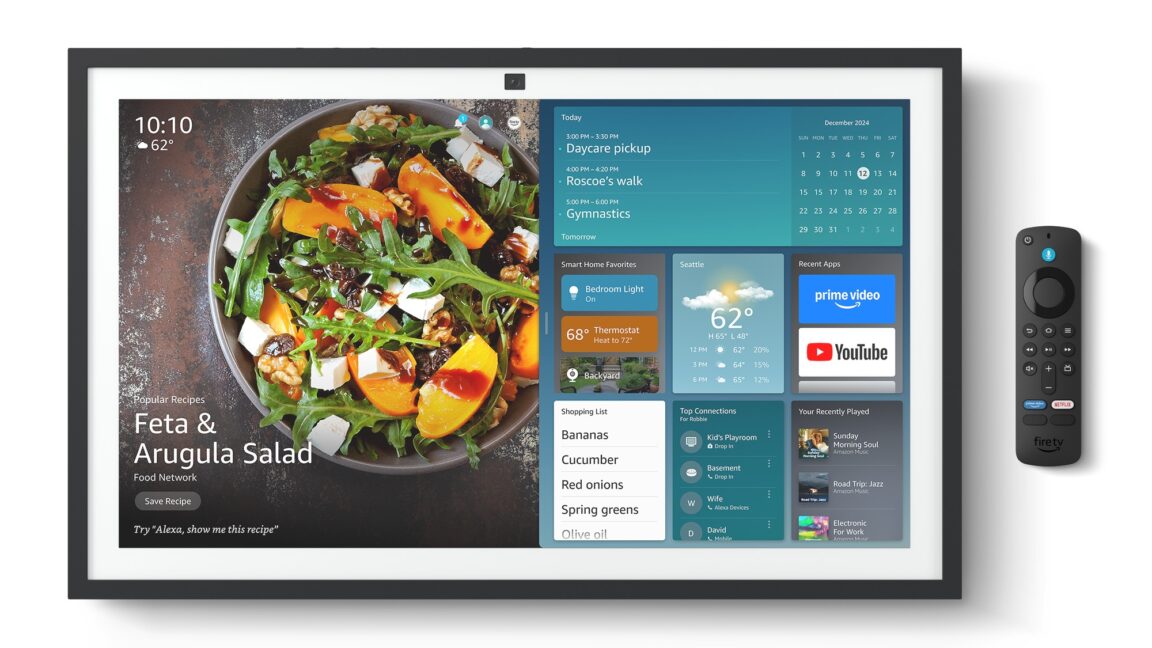World
How about a 0.3% mortgage? A world of difference in Japan

The “free” ride may not last as officials seek solutions for a deflationary economy and a glut of homes — the mirror image of what the U.S. is dealing with.
While Americans are more than two years into the era of elevated mortgage rates, homeowners in Japan are seeing the end of “free” mortgages.
Negligible borrowing costs: The New York Times provides an overview of what’s happening in Japan, where ultra-low interest rates have dominated the market for more than two decades. Benchmark interest rates have been around zero since the mid-1990s, so homebuyers often pay well below 1% on floating-rate mortgages.
Japan’s typical 0.3% mortgage would come as a shock to many Americans, who are currently dealing with 30-year fixed rates in the 6.35% range. The historically low U.S. rates of the Covid era — which bottomed out around 2.6% in early 2021 — would be considered quite high by current Japanese lending standards.
The Bank of Japan’s decision to increase rates last March and again later this month is based partly on a rise in salaries, which in turn is resulting in more consumer spending.
According to a Bloomberg article in The Japan Times, around 75% of personal mortgages are floating-rate loans, so many residents will see monthly house payments rise with the new rate increase expected this month.
Home prices have remained relatively low, too. Japan’s housing market is experiencing the opposite of what the U.S. is going through: It currently has an excess supply of homes for a shrinking population.
Why so low? According to The Japan Times, banks have competed for more loan business during this period of ultra-low rates, with some online banks still advertising rates as low as 0.27%. The government has kept rates low by trying to spur inflation in what’s been a deflationary economy for decades.
According to the New York Times’ Sept. 4 article, residents in Japan have a strong dislike for loans following a real estate and stock market bubble that burst in the early 1990s, shaping their view on spending.










